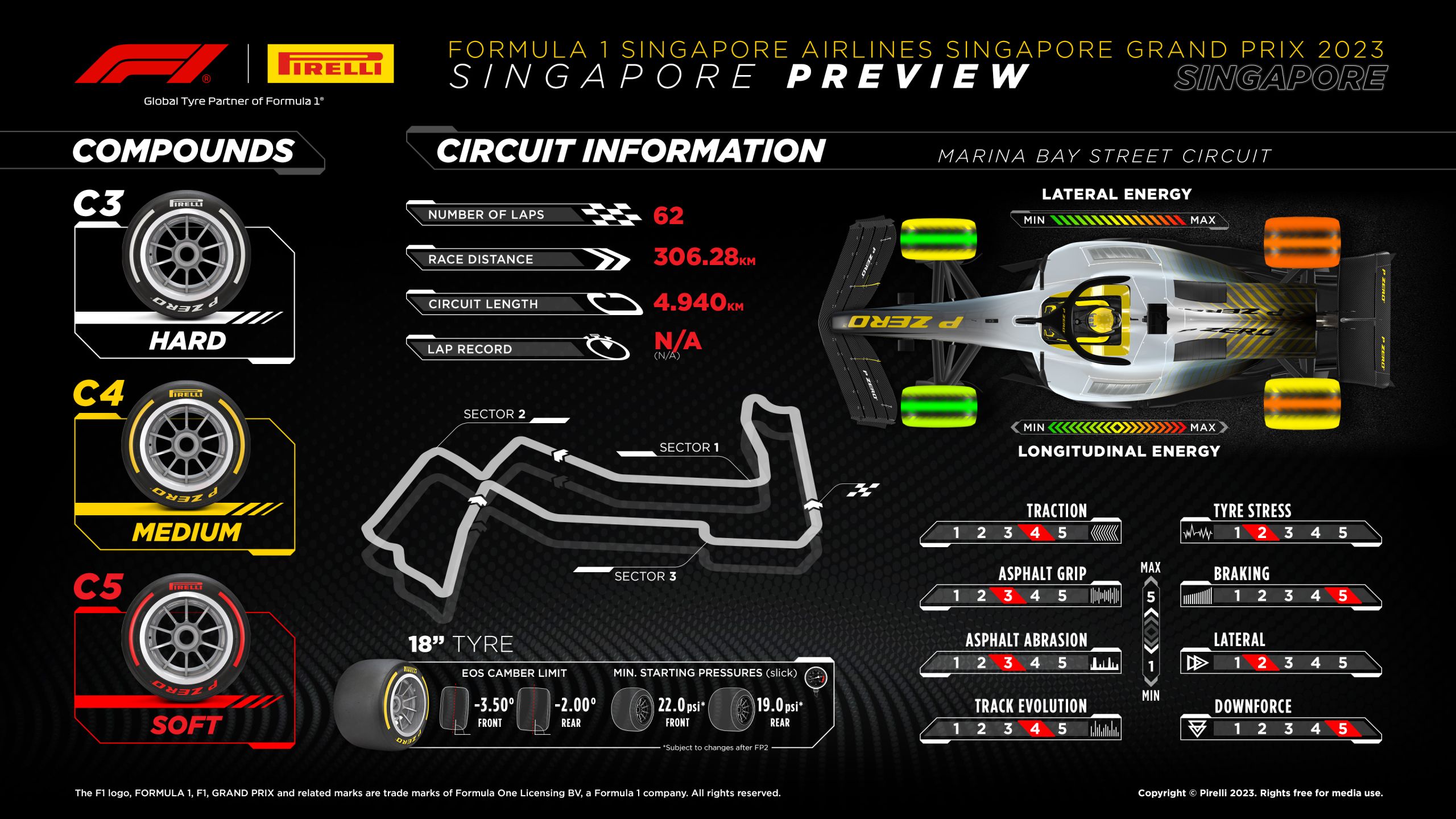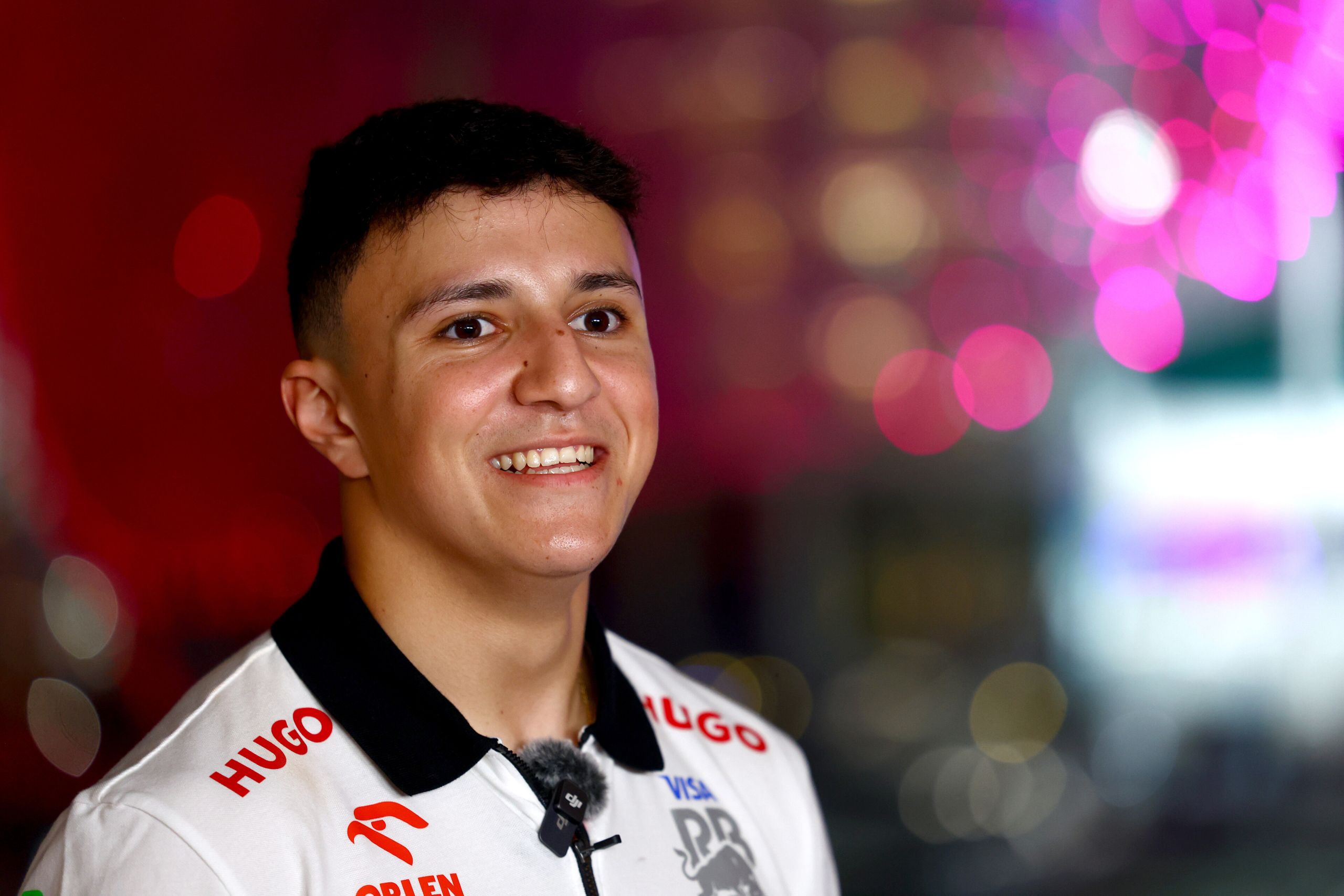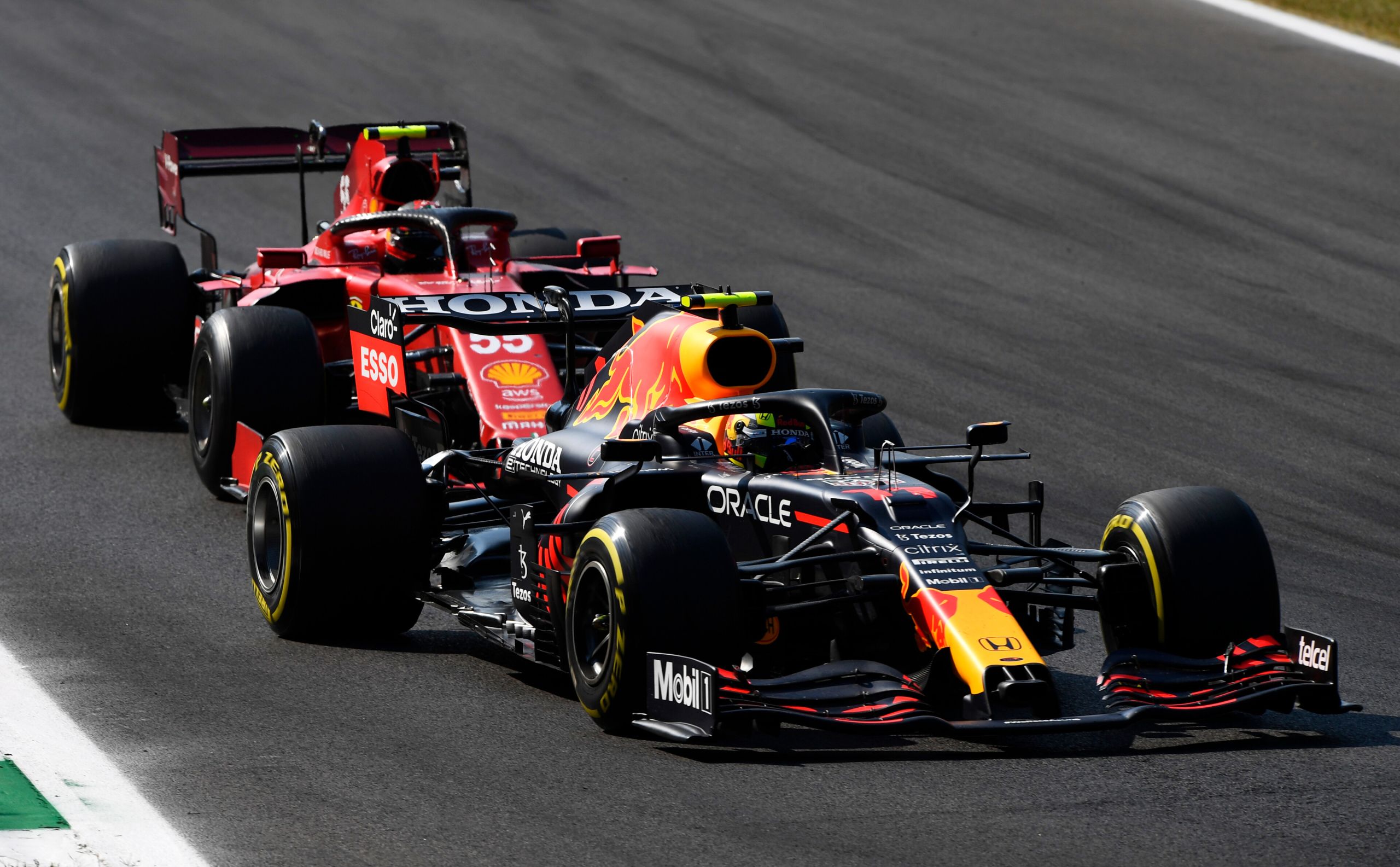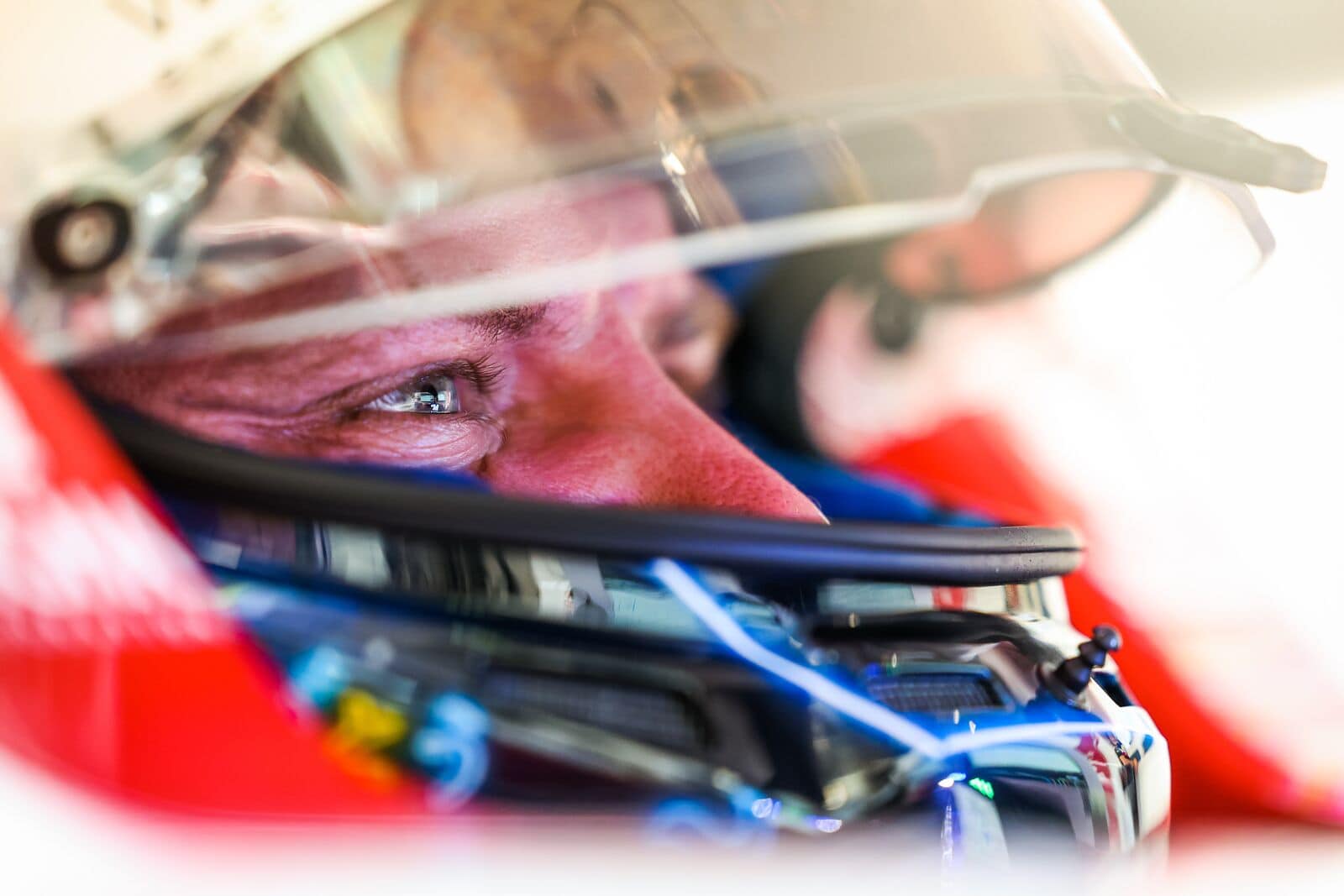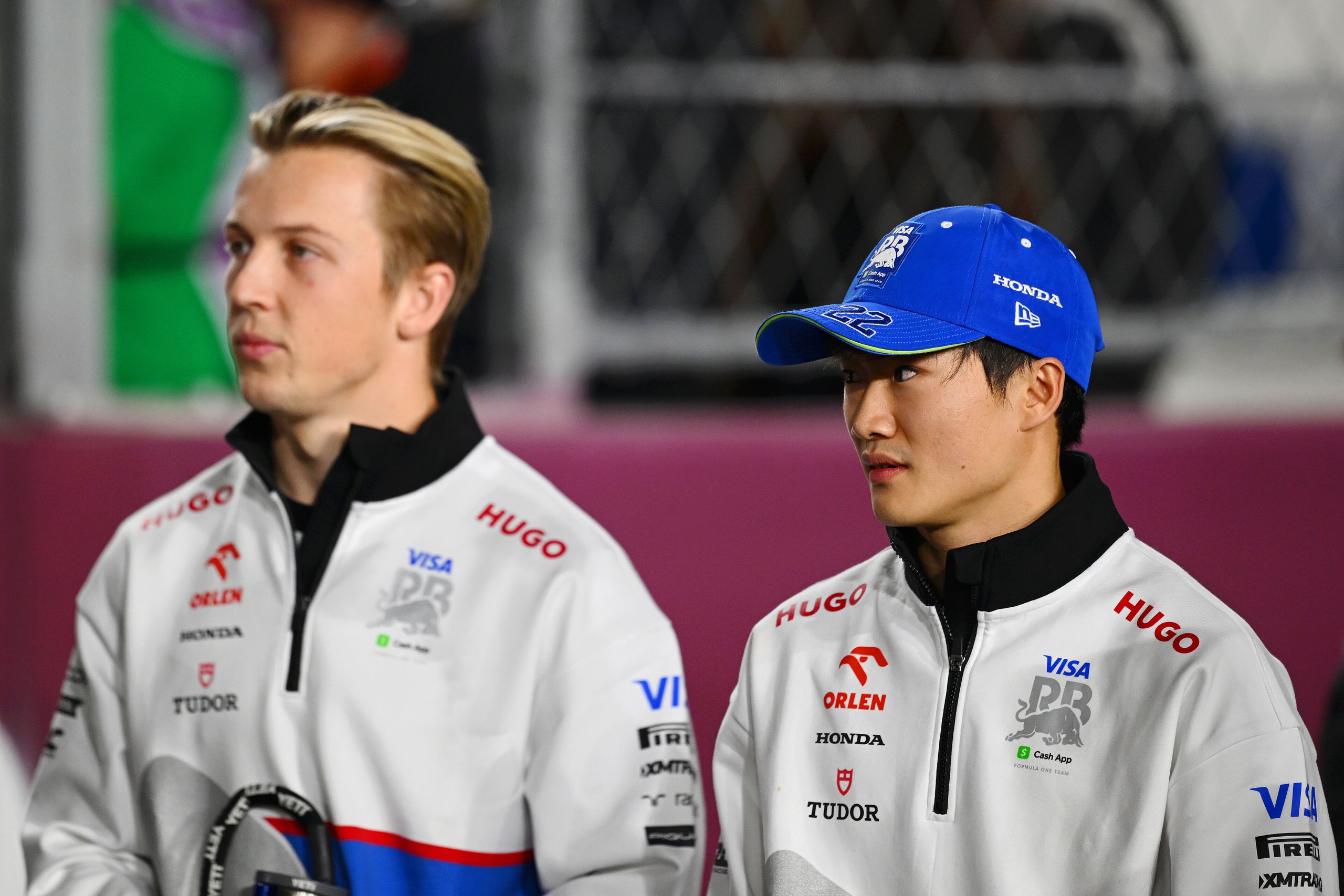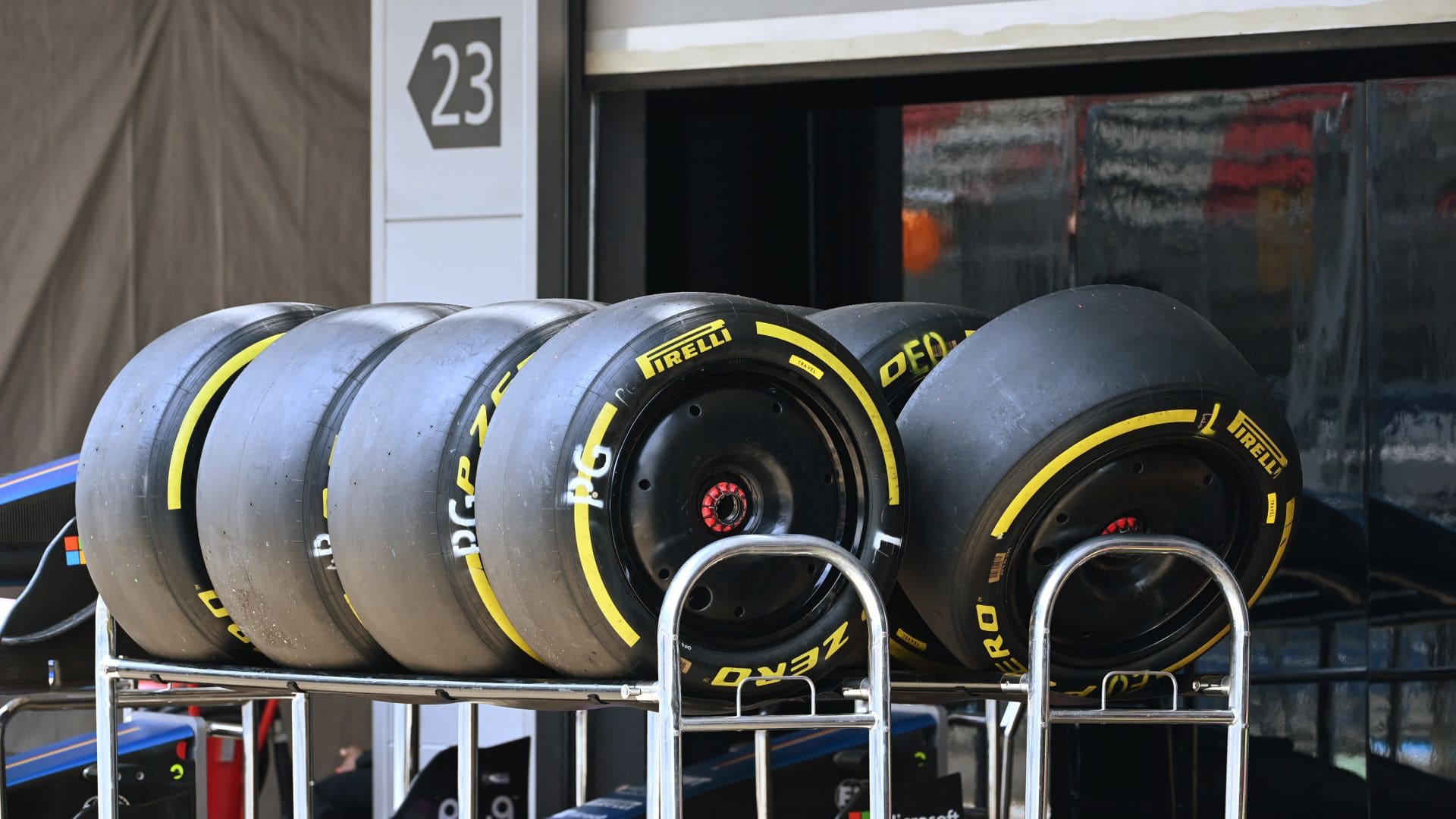
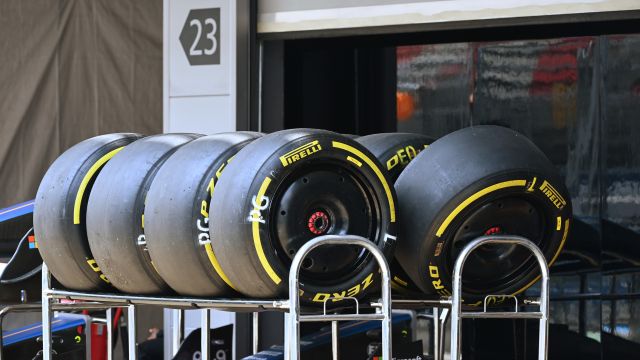
2023 Singapore Grand Prix: Selected Tyres – As has been the case for all the other street circuits this year, Pirelli will bring the trio of softest compounds to Singapore: C3 as P Zero White hard, C4 as P Zero Yellow medium and C5 as P Zero Red soft.
The Singapore Grand Prix takes place at night, starting at 8pm local time. The intense humidity, high temperatures and heat retention due to the walls lining the track make this a physically demanding race for the drivers.
The layout has been modified this year, with the section of track between turns 16 and 19 now becoming a straight that is around 397 metres long. This means that the number of corners goes down from 23 to 19, while the total lap length is now 4.940 kilometres (compared to 5.063 previously). The race has been extended to 62 laps: one lap more than last year.
There’s plenty of ‘street furniture’ on the public roads that make up the Marina Bay circuit such as painted white lines and manholes, which can affect grip levels: especially if it rains.
A one-stop strategy is the clear way to go, also because the pit stop loss time of around 28 seconds is the highest of the season, together with Imola. The hardest compound available is normally the main race tyre if it stays dry.
As with other street tracks, grid position is usually crucial to a good finish, given the limited overtaking opportunities. Qualifying tends to have a strong influence on the final outcome.
Last year, the race start was postponed by an hour due to a storm that hit Marina Bay a few minutes before the grid formed up. The cars began the race on intermediate tyres and then switched to Medium and Soft – with a Virtual Safety Car also influencing strategy.
The first edition of the Singapore Grand Prix was held in 2008. Since then it has been held a further 12 times at the Marina Bay track, with no race held in 2020 and 2021 due to the Covid-19 pandemic. There have been five different winners in total: Sebastian Vettel (five victories), Lewis Hamilton (four victories), Fernando Alonso (two victories), and Nico Rosberg and Sergio Perez, who have each won once. The teams with the most victories are Mercedes and Red Bull, with four wins each, while Ferrari has set the most pole positions: six.
Mario Isola: Pirelli Head of Motorsport
The closing stages of this long season, taking Formula 1 to three continents and 16 different time zones, kicks off in Singapore this weekend. This was the first race to take place under artificial light: an idea that was later followed, in varying degrees, by other venues. From a technical point of view, Marina Bay is a typical street circuit: very twisty (with 19 corners, many of them 90-degree) and little run off. As a result, even a small mistake can be costly, while the track layout also means that the cars run a high level of downforce. This year, the lap takes on a new look due to some building work in the Marina Bay area: the part of the track that was previously turns 16 to 19 is now just a single straight, which is nearly 400 metres long. This change will make the track faster; firstly because the total lap length is now less than five kilometres and secondly because the layout has become a lot more flowing. We’ll wait to see if this change has an effect on strategies, because in theory at least it could create an overtaking opportunity – with passing notoriously difficult unless you have a much faster car.
This track doesn’t place particular stress on the tyres in terms of loading, but the rear tyres need to be carefully managed during the traction phase when exiting slow corners. Temperatures are usually consistently high, as Singapore is only about 150 kilometres from the equator. This increases the risk of overheating: not just for tyres but also everything else, including the mechanics and of course the driver!”
2023 Singapore Grand Prix: Selected Tyres
